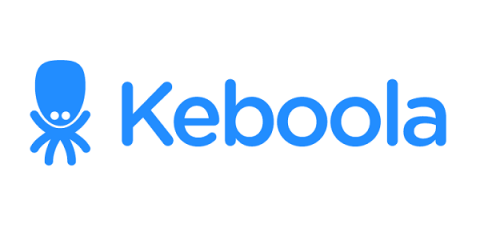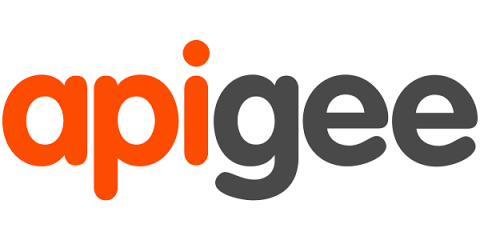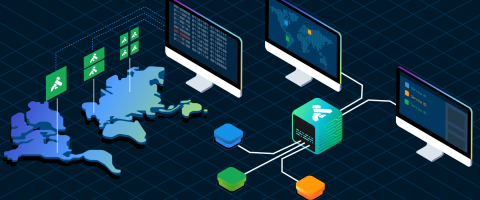DXC: Integrating a huge number marketing sources into CRM?
Computer Sciences Corporation (CSC), provides IT services, professional services, and solutions for large corporations. With an annual revenue of USD 12B, the company has approximately 74,000 employees worldwide.








